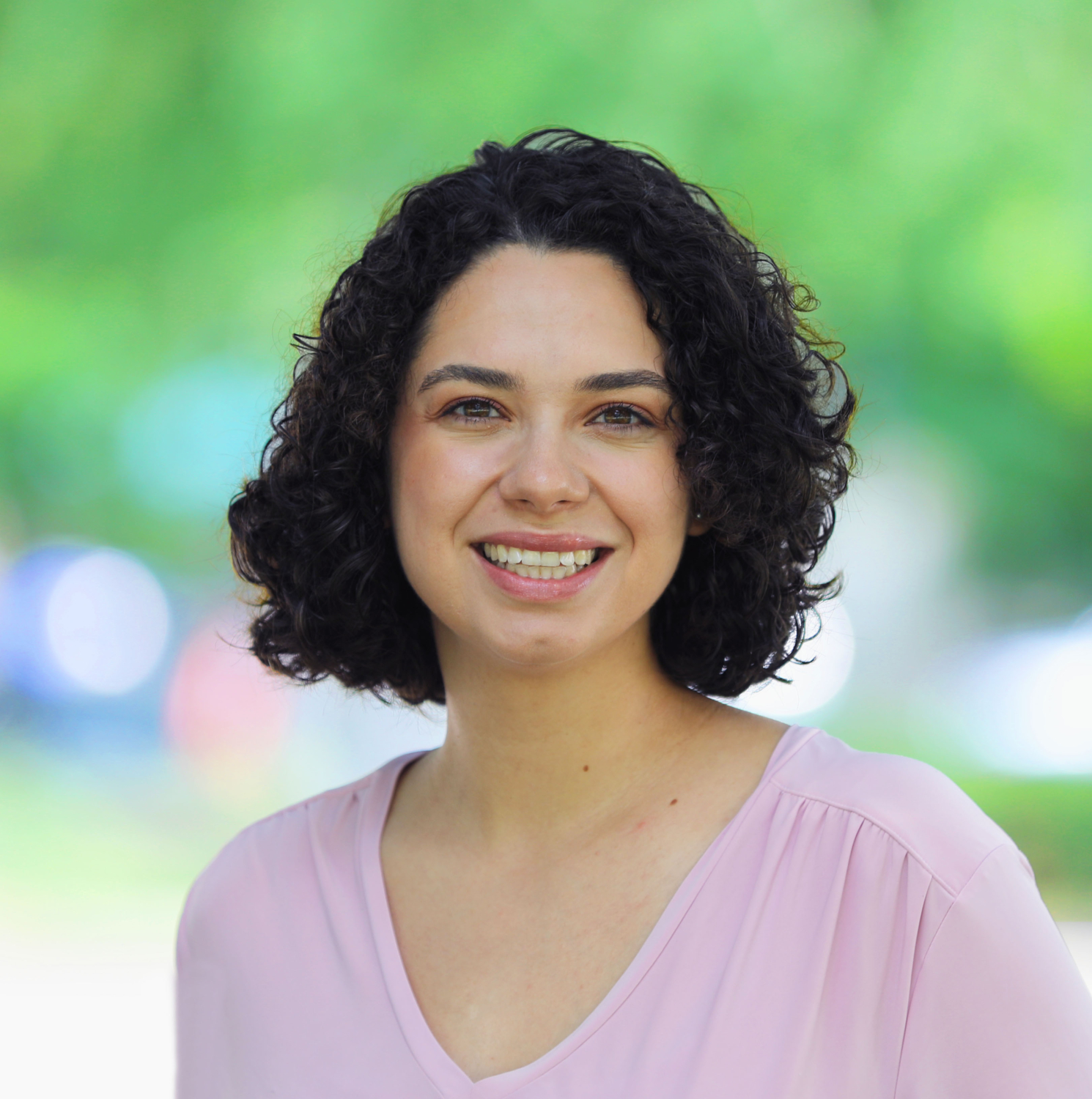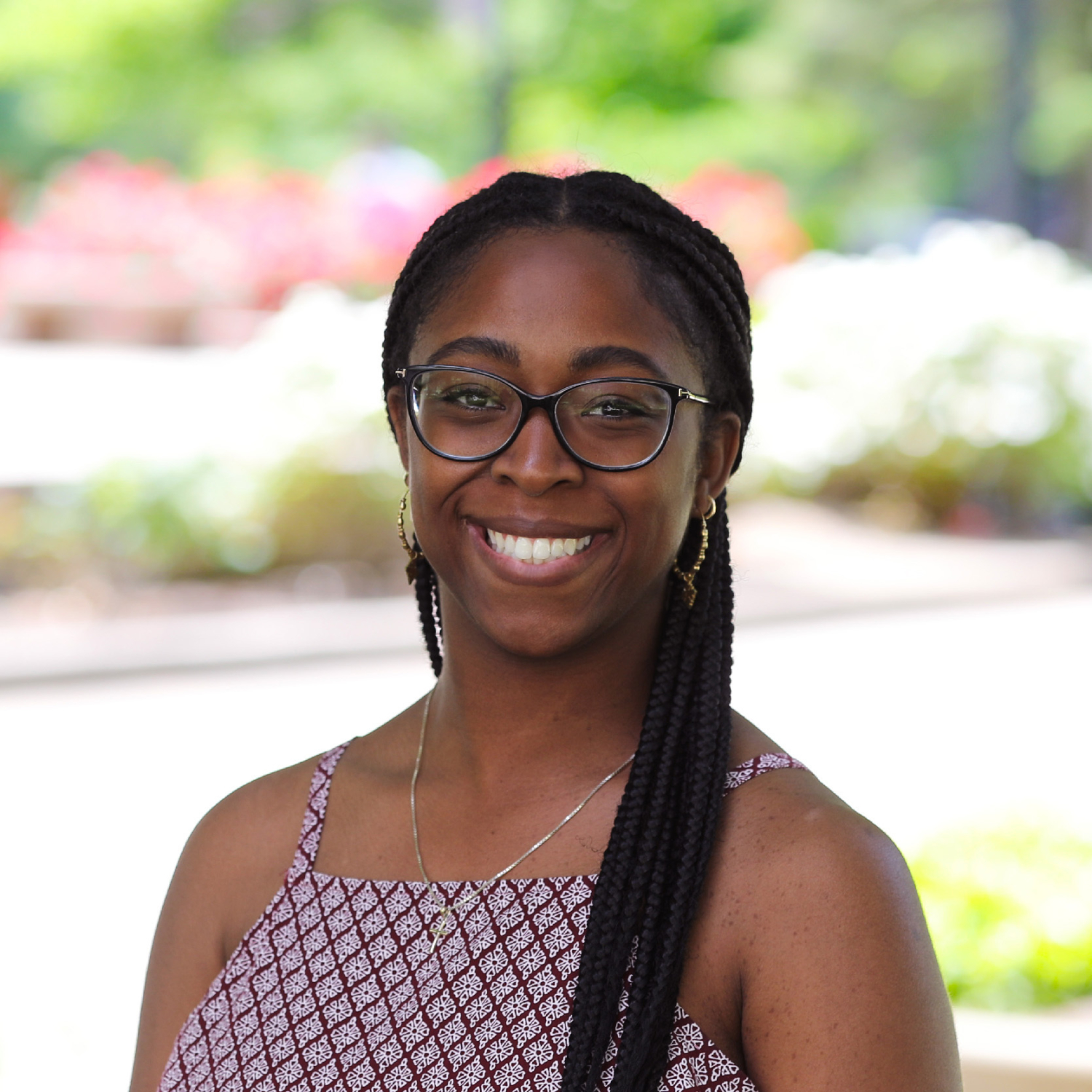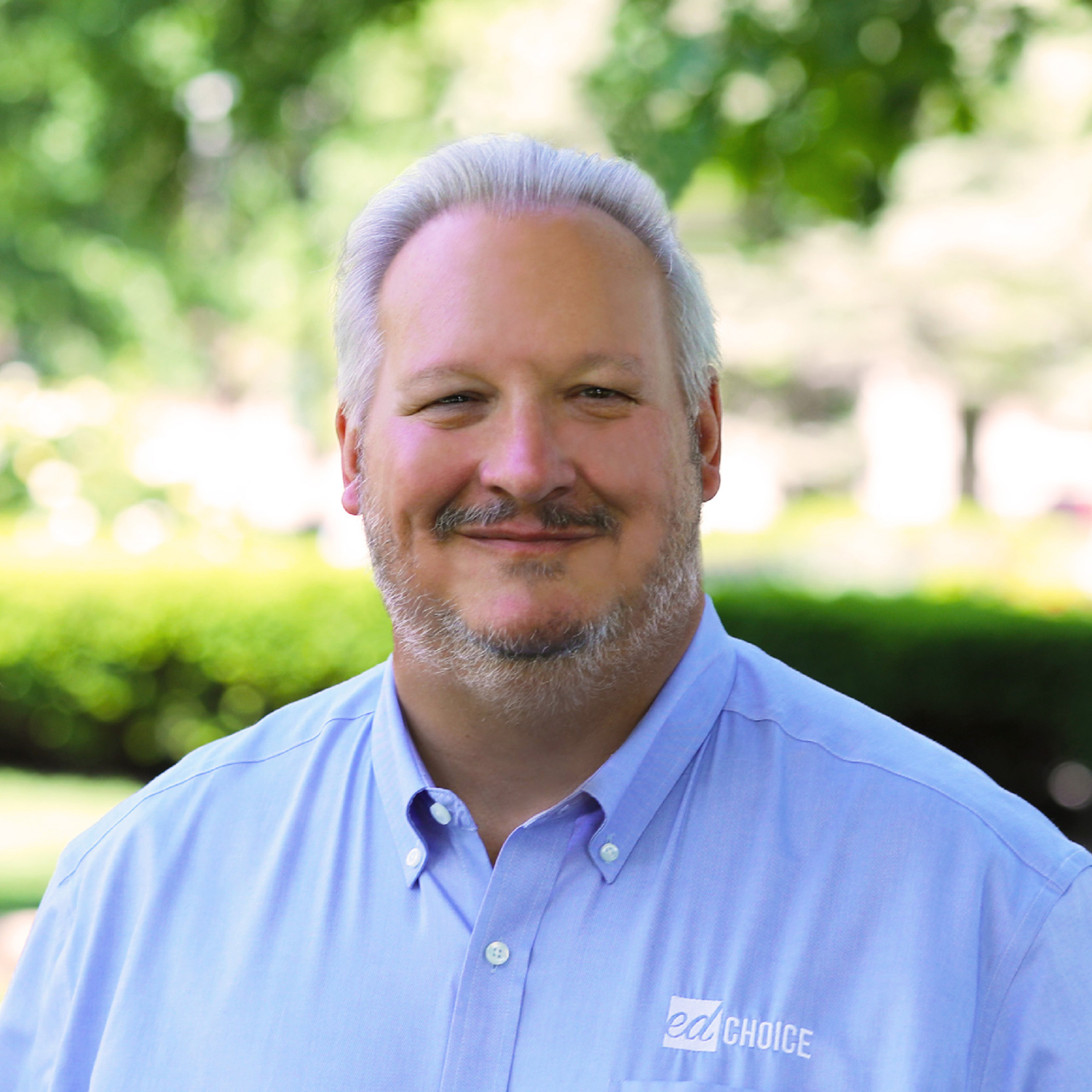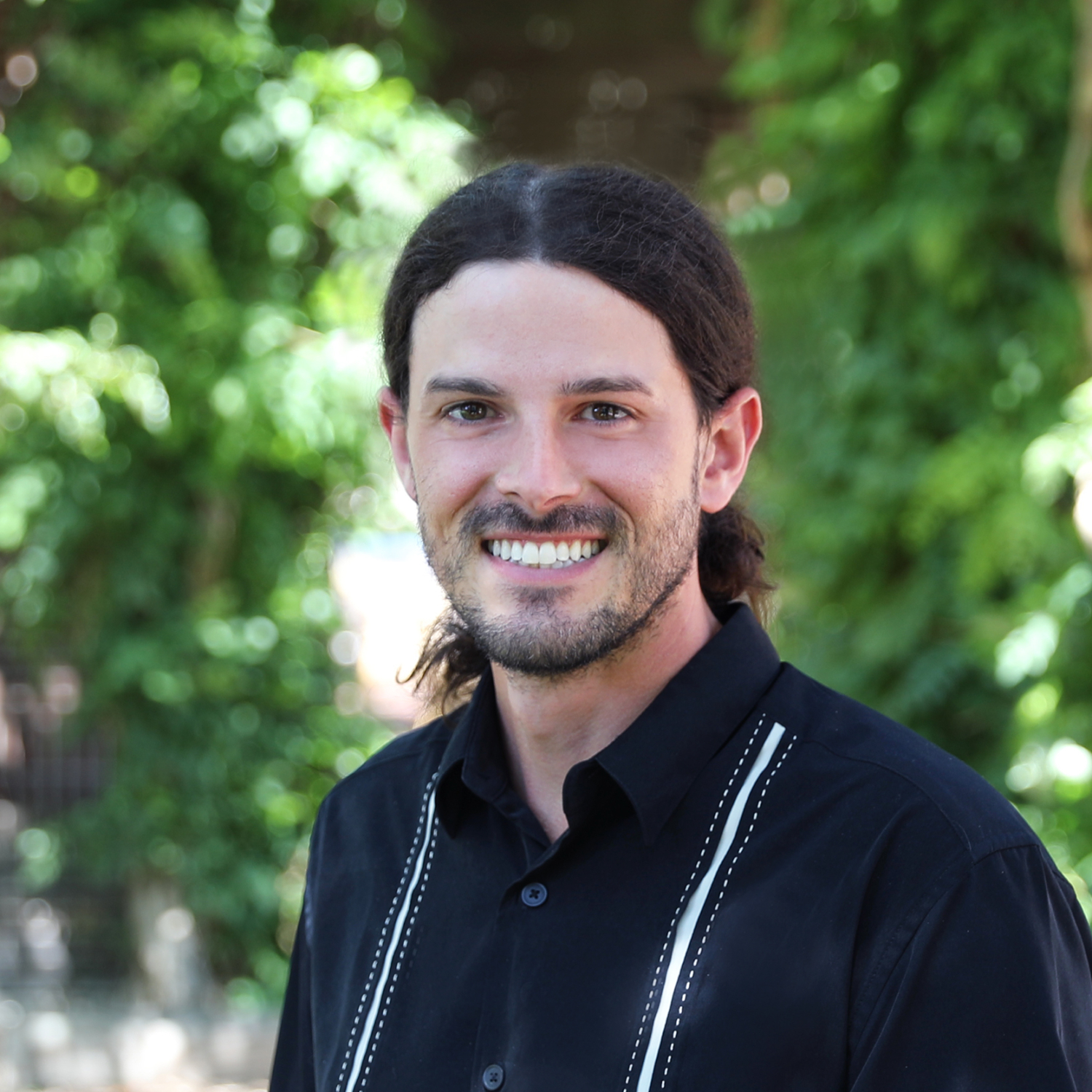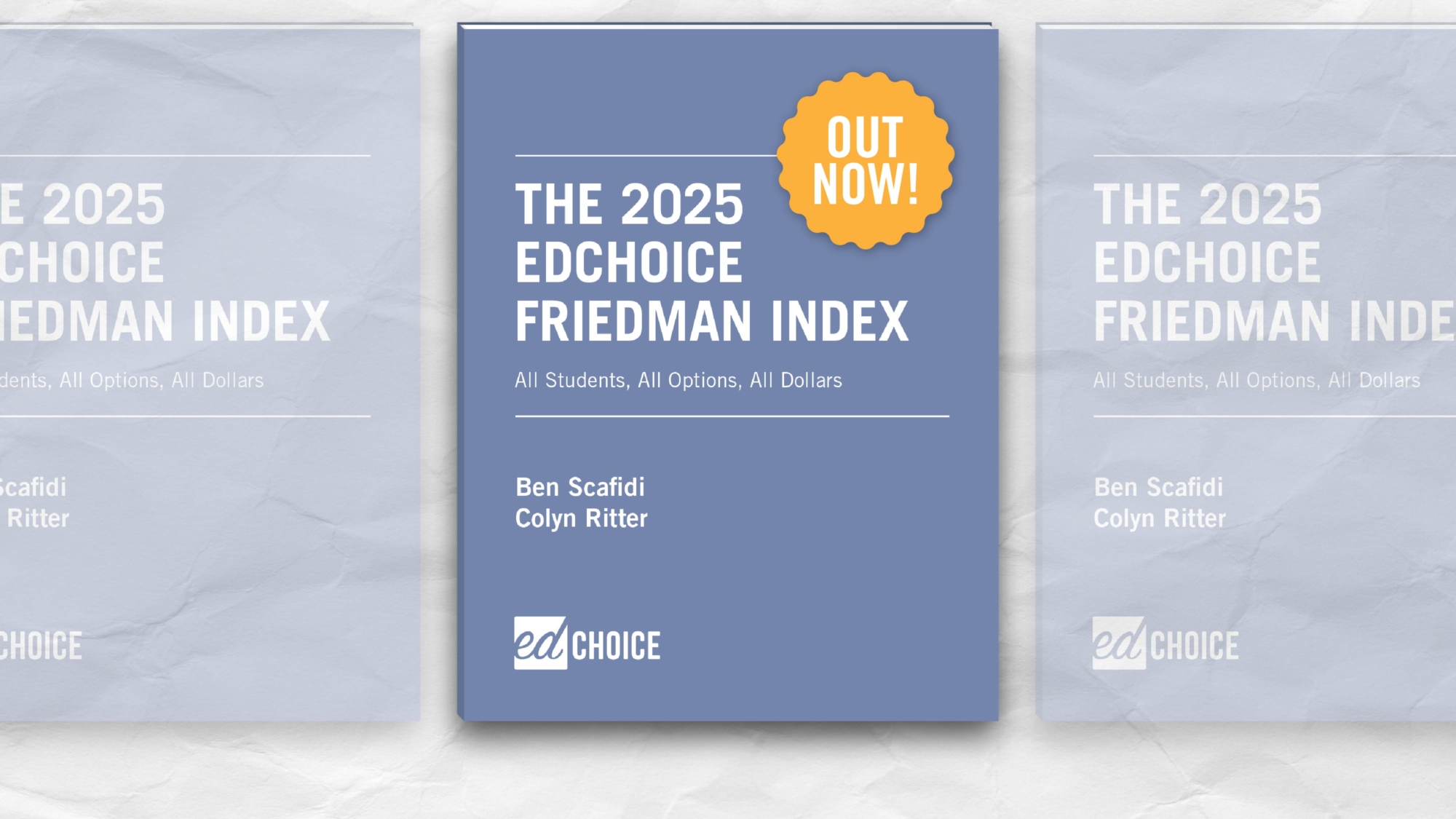
The 2025 EdChoice Friedman Index
To measure how much K–12 choice is available, we have created the EdChoice Friedman Index which evaluates three key factors: student eligibility, flexible use of funds, and funding parity.

From Limited Options to Limitless Potential: How School Choice Supports Students with Special Needs
We tell the story of Tonya, who, through North Carolina’s Opportunity Scholarship and Education Savings Account (ESA) program, had financial flexibility to explore private education options for her son.
State of Choice: March 2025
The push for universal education choice continued to gain traction in March, here are all the latest updates from across the states.
What 50CAN Found When They Talked to 20,000 Parents: A Q&A with Marc Porter-Magee
We talk with 50CAN Founder and CEO Marc Porter-Magee about their poll of 20,000 American parents.
Breaking Barriers: How Alexandria Speller is Fighting for Special Education Equity Through School Choice
Former special education teacher Alexandria Speller discovered her passion for helping students with disabilities unlock their potential, which inspired her to become a school choice advocate.
How many choice students have disabilities? Way more than you think.
Many students with disabilities are participating in private school choice programs. Based on our most recent counts, there are a minimum of 184,450 students in school choice programs who have disabilities.
Fighting for Kolten: A Single Mom’s Hope That South Carolina Will Fix School Choice
We tell the story of South Carolina mom, Allison Laney, and how school choice helped her son who was diagnosed with mastoiditis.
Exploring Atlanta’s Innovative Microschools
We toured some Black-led microschools in Atlanta, Georgia, all part of the Black Microschools ATL, a collective of K-12 education providers shaking up the look of schooling.
State of Choice: February 2025
As we move into March, school choice momentum is as strong as ever. In February, two new states enacted choice programs offering universal eligibility into law.
A Commitment to All Students
EdChoice has committed itself to lead the effort to triple the number of states with true universal freedom and increase the number of families enrolled in and aware of educational choice programs by 30% by 2030.
The Surprising Effects of Enrollment Declines on School Funding
In this new report, Ben Scafidi presents compelling evidence that declining enrollment actually results in more money per student.
Establishing a Baseline – How Do School Parents Feel in 2025?
We dug into topics like chronic absenteeism, cell phones, sentiment towards the direction of K–12 education, school choice policies, and many more.
Empowering Parents: Jonnette Fair’s Mission to Help Atlanta Families Navigate School Choice
Jonnette Fair empowers Atlanta families by advocating for school choice and helping parents navigate their education options.
Research on Homeschooling and Advanced Students: Many Known Unknowns
With potentially 100,000 advanced students educated at home, why do we know so little about their educational experiences? This population remains largely understudied and, as a result, overlooked.
Agency, Character, and Choice: Insights from Ian Rowe at ISCRC
Rowe shared his vision for empowering students through education that emphasizes agency, character, and decision-making during the ISCRC keynote dinner session.
Who’s Afraid of School Choice?
In Who’s Afraid of School Choice?, we examined public debates over new school choice programs in eight states analyzing over 3,000 public statements made during legislative debates.
Indiana’s School Choice Success and Future Innovations
National School Choice Week (NSCW) is always a time to celebrate educational opportunity, and this year’s EdChoice event in Indianapolis on January 28 was no exception.
What’s in Store for Educational Choice in 2025?
Following several momentous years for the educational choice movement, some wonder if that momentum is slowing down. That is unlikely to happen in 2025.
2025 EdChoice Share: Exploring Where America’s Students Are Educated
The EdChoice Share tracks states’ proportion of K–12 students enrolled in an education savings account (ESA), voucher, tax-credit ESA, or tax-credit scholarship program.
Education for All: The Story Behind West Virginia’s HOPE Scholarship with Patricia Rucker
Patricia Rucker, a West Virginia state senator and national chair of the American Legislative Exchange Council, discusses her inspiring journey and her groundbreaking work on universal school choice.
The 2025 EdChoice Yearbook Superlatives
This year’s superlatives highlight how states are advancing educational choice through innovations in funding, flexibility, and accessibility, alongside significant legal and legislative progress.
The 2025 ABCs of School Choice is Available Now
The 2025 ABCs of School Choice introduces a new universal framework to better evaluate the impact and reach of educational choice programs.
2025 EdChoice Funded Eligibility Rankings
Our rankings provide a better understanding of the current state of funded eligibility for educational choice programs.
From Chile to Championing Change: Valeria Gurr’s Journey for School Choice
On the latest State of Choice Podcast, host Ed Tarnowski sat down with Valeria Gurr, an advocate for school choice and senior fellow at the American Federation for Children.
America’s School Choice Programs Ranked by Participation, 2025 Edition
EdChoice tracks every private school choice program and how many students participate nationally. In this annual post, we rank all programs by participation counts.
2025 EdChoice Spending Share Rankings
In this annual blog post, we reveal how much money states spend on private school choice programs as a share of the total amount of money states spend on current K–12 education expenses.


